7 unfiltered truths behind the apron of the 50s housewife
Published on September 1, 2025
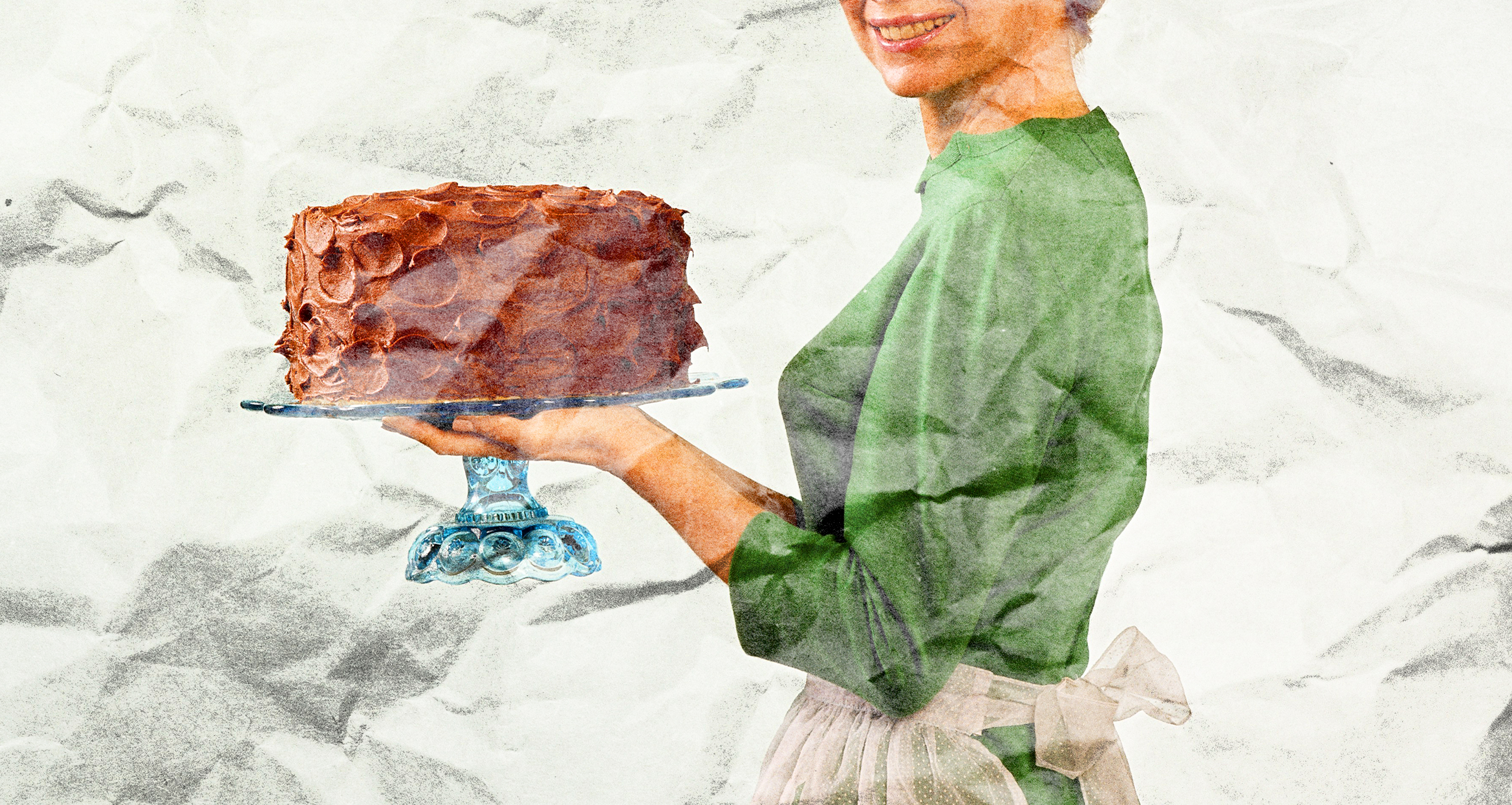
Honey, I’m home!
By the time he walked through the door, June Cleaver would’ve already had dinner on the table. But let’s be honest– most of us aren’t June Cleaver, or Donna Reed, or even the wonderfully chaotic Lucille Ball.
The real question is: Is anyone?
She’s the housewife who doesn’t punch a time clock. She’s on the job from breakfast to bedtime, a domestic goddess juggling waxed floors, picture-perfect table settings, and… heels.
But is this woman even real? Or has the Feminine Mystique clouded our vision of what homemaking and motherhood truly are?
Let’s find out with these 7 truths that go against pre-conceived ideas of who the 50’s homemaker is.
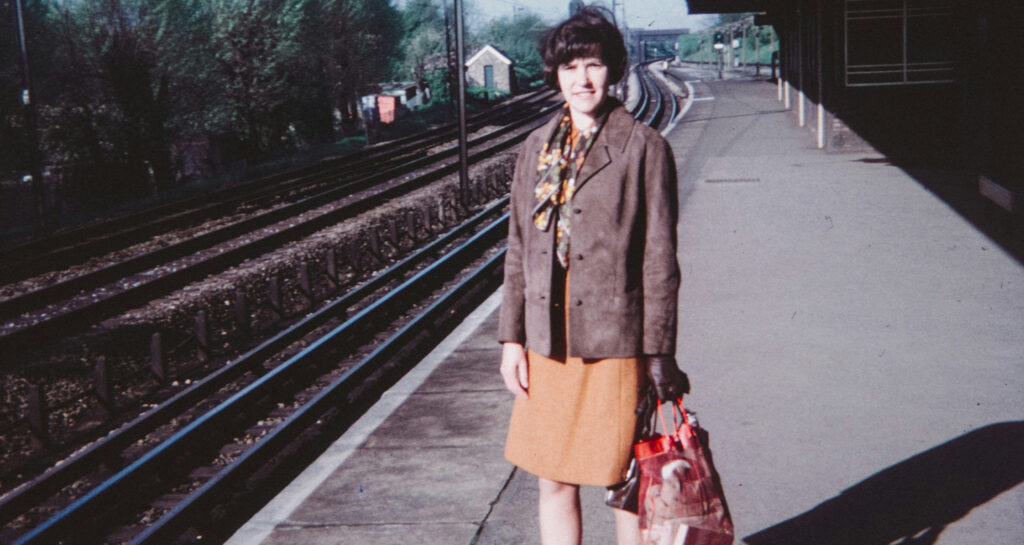
1. She was educated and worked outside the home
While women were often encouraged to stay at home during this period, that ideal was only attainable for those who could afford it. In reality, female employment rates were increasing, particularly in part-time work. Women worked across a wide range of fields, including teaching, nursing, retail sales, telephone operations, office work, librarianship, factory work, real estate, and even stewardessing.
Some broke further barriers, entering roles on the stock exchange, in engineering, and in pharmaceutical or scientific research—positions typically reserved for the highly educated. Later on, these women chose to raise their children and get married.
As of March 1950, working women who were married and living with their husbands outnumbered the single women in the labor force, according to this report.
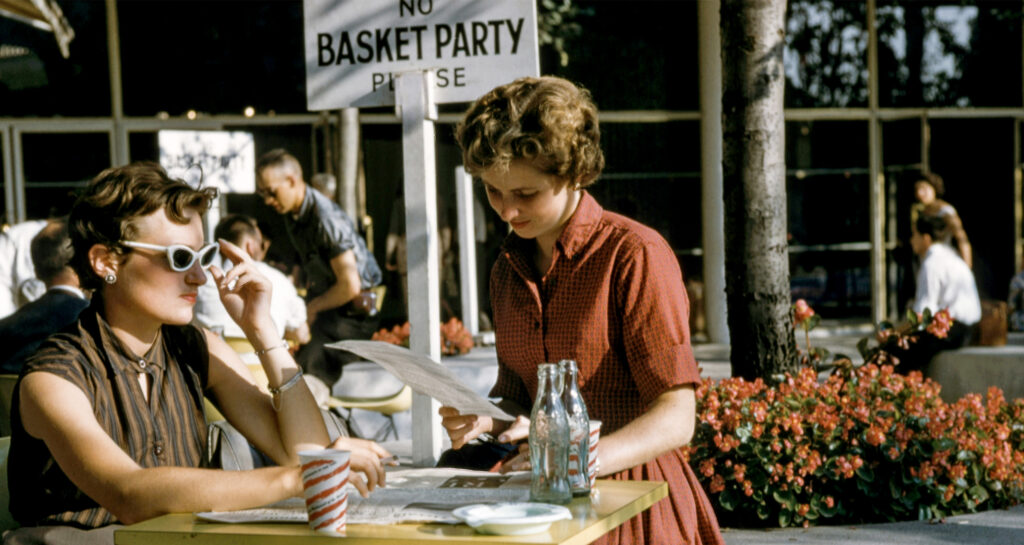
2. She was young
When we think of a mom today, we think of a woman in her 30s. The 50s housewives of yesteryear were barely out of high school. Young women were getting married at 19, and the average woman getting married was 20. Men getting married were younger, too; the average newlywed man was 23 years old, according to the National Center for Education Statistics.
Post WW2, there were fewer men to go around, and the female population in the country was higher compared to males. Getting married was considered not only an accomplishment, but also beating the odds.
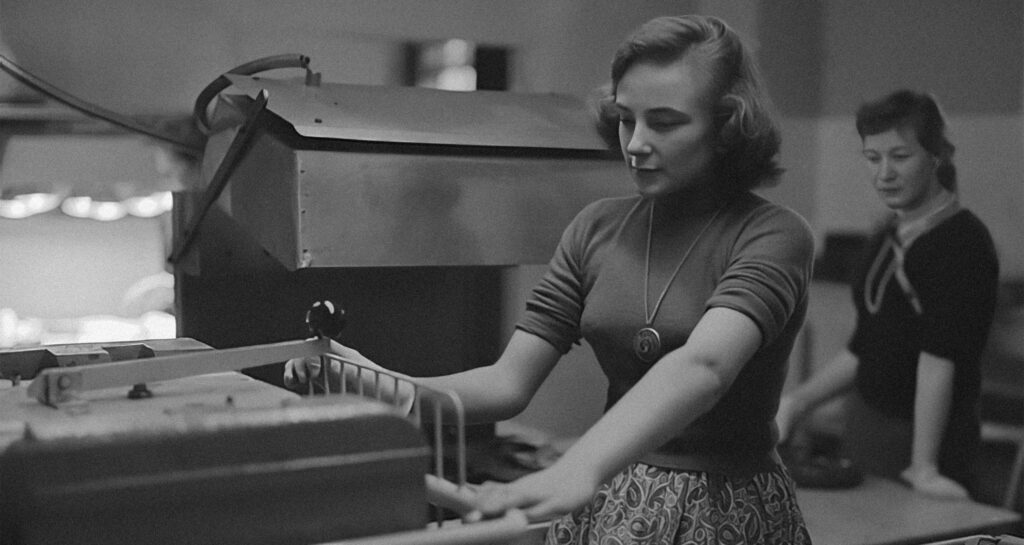
3. She was an entrepreneur
Enter Brownie Wise, a single mother who became a pioneering saleswoman, making entrepreneurship accessible for housewives everywhere. With a young son to support, she began her career as a secretary at Stanley Home Products, where she quickly proved her talent for sales through in-home product demonstrations. Recognizing an opportunity, she incorporated Tupperware into her presentations, branding them as “Patio Parties.”
Her remarkable success caught the attention of Tupperware founder Earl Tupper, who appointed her to lead the company’s Tupperware Home Party division. From there, Wise created self-employed sales positions for housewives based on the Tupperware products they sold. Tupperware parties weren’t just about plastic containers; they were the original side hustle, served with snacks and a smile, all without ever leaving your house.
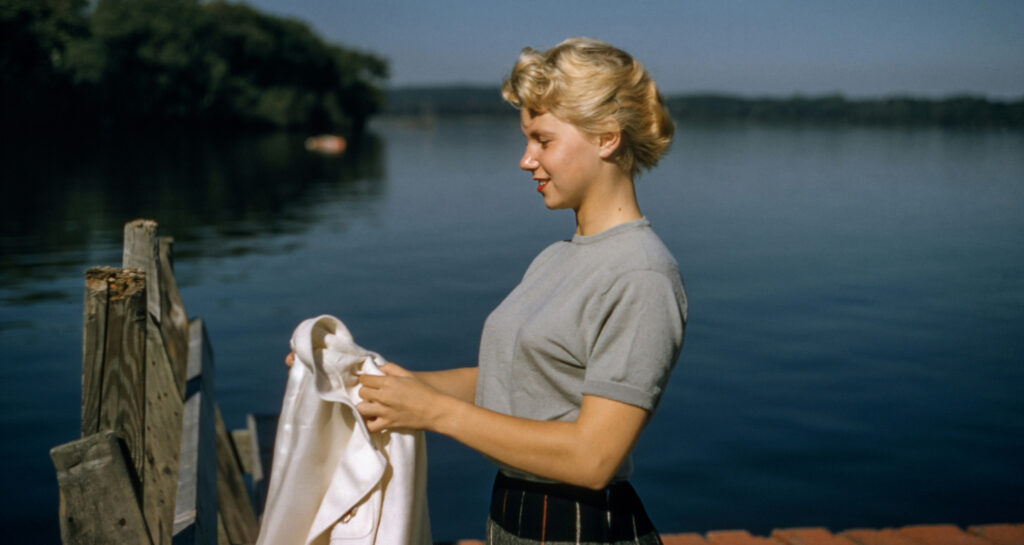
4. She had style, but didn’t look perfect
We often picture the 1950s housewife as perfectly polished—prim, proper, and always put-together. But the reality is that even in the 1950s, that image was hard to live up to. In her book A 1950s Housewife: Marriage and Homemaking in the 1950s, Sheila Hardy shares anecdotes from women of the time: “They would have their husband’s evening meal ready, but it was doubtful if they would have had time to run a comb through their hair, let alone wash their face and apply make-up,” she writes.
That said, women in the 1950s did dress up when they left the house, often wearing day dresses, gloves, and hats. Casual wear wasn’t the norm—every outing was seen as a reason to look your best.
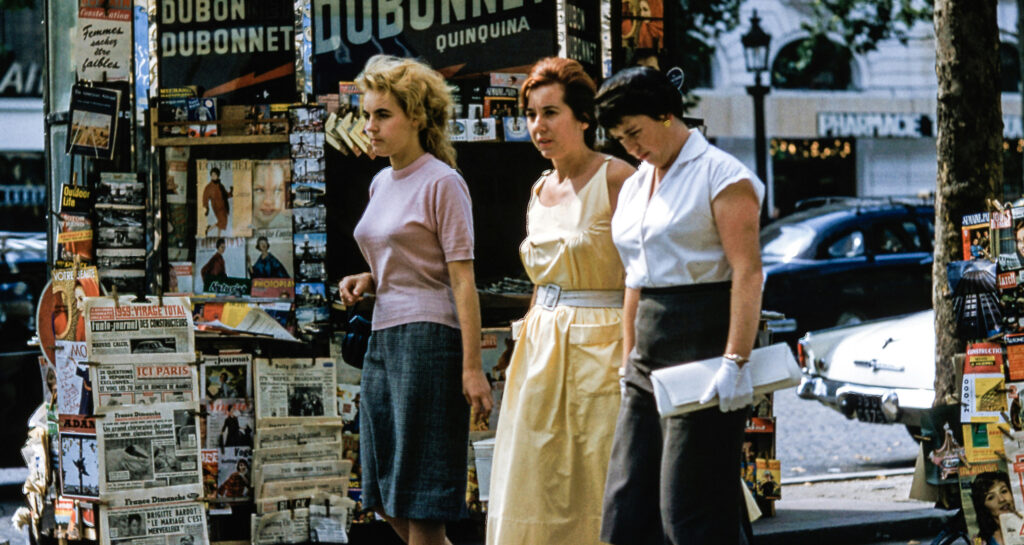
5. She had spending power
The housewife not only spent her husband’s money, but she also managed it. Most stay-at-home wives handled the finances and budgeting of the home, while the husband brought home the earnings. While gender inequality was the norm, not all housewives were doormats; they were tough and organized.
“In some households, the man handed over his unopened pay packet to his wife, who then gave him back what amounted to his pocket money,” Hardy explains.
The media picked up on this, too. Ads showed the stay-at-home housewife as cheerful and stylish, wearing bright clothes while promoting everything from appliances, canned goods, and face cream. The spotlight was always on the woman—seen as the one with the real buying power.
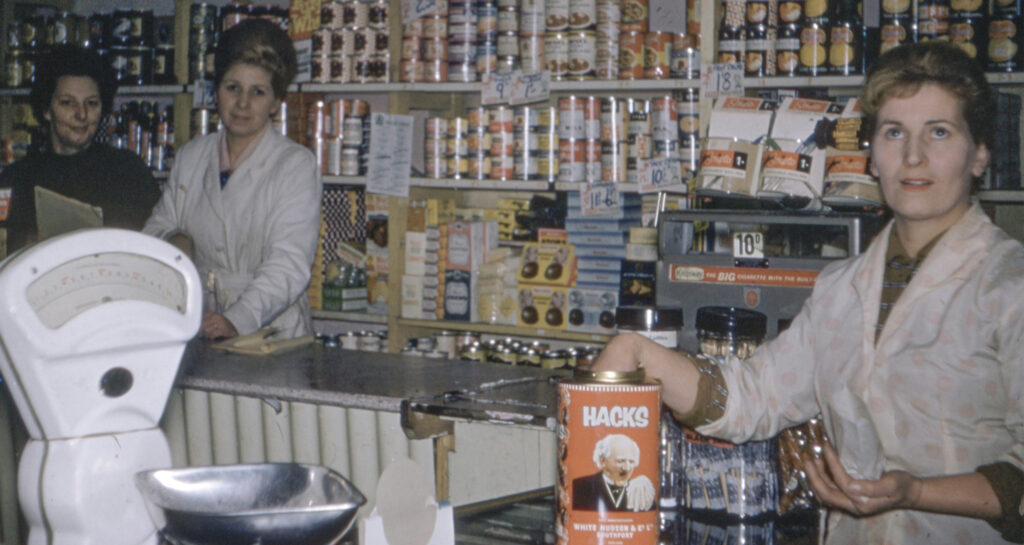
6. She didn’t make everything from scratch
Women could become the perfect housewife in the 50’s by buying the right products, specifically the right ingredients. Major corporations like Del Monte and Green Giant promoted processed food that could be quickly and easily assembled with electric appliances, as advertised in McCall’s 1953 issue. Supermarkets were flooded with condiments, canned goods, cling wrap, Swanson TV dinners, and Betty Crocker cake mixes. This was all for those who could afford it.

7. She was a cultural heroine
Pop culture loves to poke fun at the 1950s housewife—apron-clad, pearl-wearing, and seemingly glued to a vacuum cleaner—as if she were the poster child for repression. But let’s give credit where it’s due: She was the MVP of mid-century suburbia. Never would she have heard the question: What do you do all day staying home? or Where is your ambition?
A sparkling home, happy kids, and a roast in the oven didn’t just scream success for her; it reflected her husband’s social status. Society rolled out the red carpet for her, complete with shiny new kitchen gadgets and commercials that promised to make her life “easier.” TV shows like I Love Lucy and Leave it to Beaver didn’t just entertain—they reinforced the idea that managing a home was a serious, full-time job (which it is). The 1950s housewife was mom, wife, project manager, and head chef all in one fabulous package.




Great article, Ava. So reminiscent of my mom. God bless!!